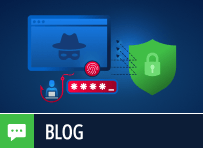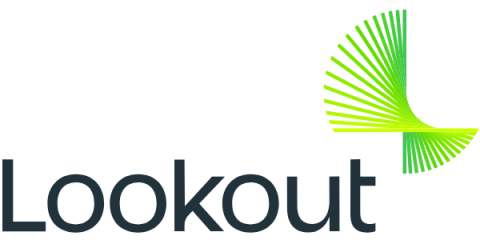Loose AWS API keys: what's your real risk?
97% of enterprise leaders consider a well-executed API strategy critical in driving their organization's growth and protecting revenue streams, yet according to a recent study, 84% of security professionals reported API security incidents over the past year. In March, a GitHub breach exposed nearly 13 million API secrets that users had left in the repository over time, severely impacting customer trust and causing reputational damage.










